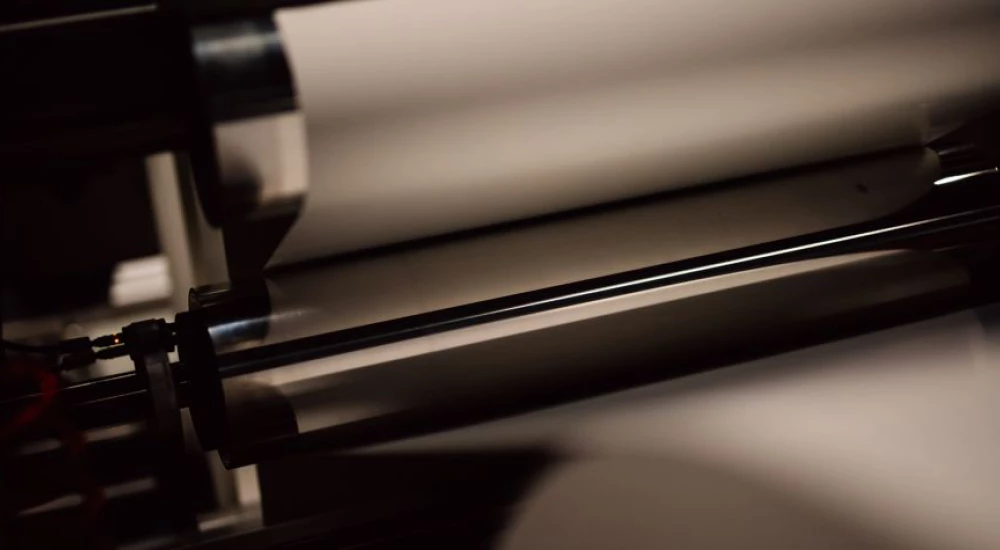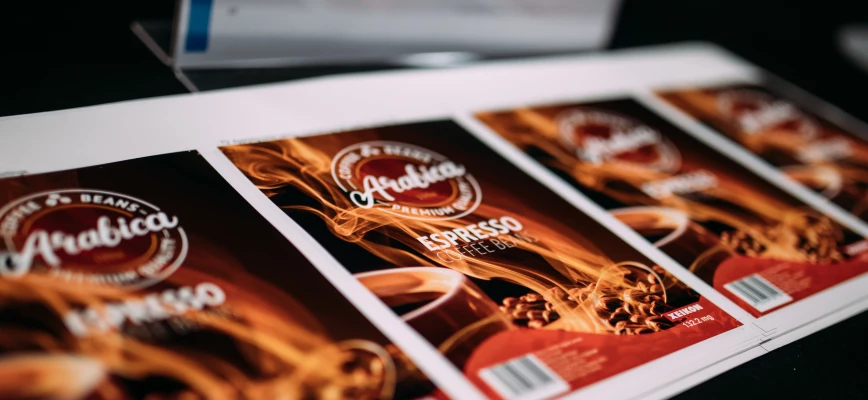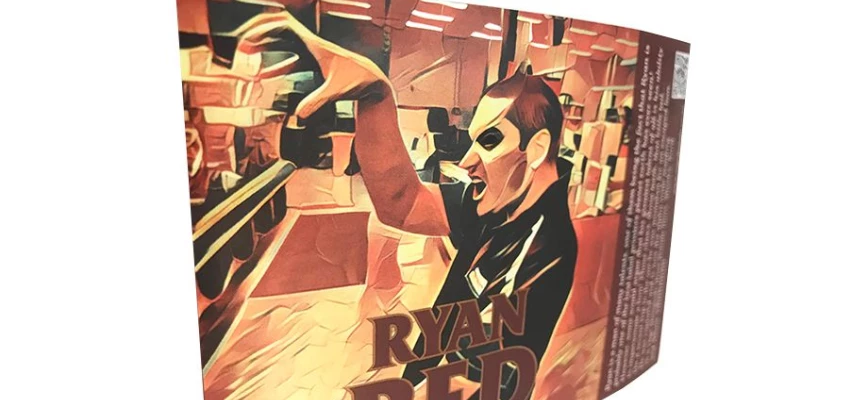30/06/2017
by Danny Mertens
Would you like to learn how other label converters tackle the challenges listed below?
Challenge 1: Keeping a bird’s eye view on the digital printing process
As a digital printer it is very important that you keep on pushing the boundaries. Even when things are going great, you need to look for areas where you can improve. Identifying these opportunities is key to improve the overall workflow.
With Xeikon Dashboarding technology guessing is a thing of the past. From now on, all your decisions are based on hard facts and figures. Digital technology makes it easy to collect and store relevant data for analysis and reporting. Comparing two sets of historical data to see what has changed overtime becomes a breeze.
Questions that can easily be answered using Xeikon Dashboarding:
- What is the most frequently used substrate?
- What is the average printing volume for each substrate?
- How are my waste levels evolving?
- Which toners are most frequently used?
- …
As a manager this data enables you to make informed business decisions that are backed up with statistical evidence.
As a manager Xeikon Dashboard data enables you to make informed business decisions that are backed up with statistical evidence.
Challenge 2: How to handle different SKU's within print jobs?
Customers are expecting greater flexibility from label converters. They want different versions of the same job at low extra costs. Fortunately, thanks to Xeikon’s full rotary printing presses without a fixed repeat and Job Optimizer that is perfectly feasible.
The Xeikon X-800 Job Optimizer enables printers to create imposition schemes which incorporate multiple SKUs of the same size in the same lane. This offers printers a significant step-up in flexibility to both reduce substrate waste and optimize the print time of each run.
Using a user friendly interface, operators can simply enter a few key parameters, such as the number of lanes and the gap between the labels. They then add the references and click ‘Go’. In an instant the software automatically calculates the optimal positioning of the labels along the web roll.
The software also allows for Start/Stop separator labels to be inserted between the different SKUs on any particular lane. This greatly simplifies the slit/rewind operation at the final production step where all the jobs are separated. The label printer can decide what information to include to help smoothen the job process, such as the delivery address, number of copies, job reference etc.
Customers are expecting greater flexibility from label converters. They want different versions of the same job.
Challenge 3: Deciding which jobs are suitable for digital printing?
How hard is it to switch from conventional printing to digital for a particular print job? Here are three things that need to be taken into account.
- Can you use the same substrates as on the conventional presses? There are digital presses out there using the exact same substrate as the conventional presses, without any additional pre-coating/priming (dry toner presses). If not, the printer needs to find a viable alternative or look for new business opportunities. For example, digital label printing may present an opportunity to print specific wine labels. This needs to be investigated for each job.
- Are the toners and inks suitable for the job at hand? And what about the color gamut? For example, pharmaceutical applications often don’t require white (except for transparent labels). In that case it might be wise to opt for CMYK + orange (or green, blue or red) to create a broader color gamut suitable for specific print jobs.
- Which jobs are going to switch to digital? Evidently, the decision you make depends on profitability and productivity. To help you, visit the website www.seetheproof.com/labels where you can upload a job and see the result straightaway for 3 different substrates: structured wine paper, clear PE facestock and silver BoPP Facestock. On the business analyze sheet that comes with the samples you find information about the delivery time and price so it’s easy to decide which Xeikon machine is the best solution for your print job.
Can you use the same substrates as on the conventional presses on a Xeikon? Discover it here!
Three challenges: takeaways
Now that we have gone over the three biggest challenges for digital label converters here are the most important takeaways:
- Xeikon’s Dashboarding technology enables printers to make informed decisions to improve their digital operation.
- Printing various SKU's can be managed and coordinated using Xeikon’s Job Optimizer.
- Deciding which print jobs are suitable for a digital press, you need to answer three questions:
- Which substrates can be used?
- What about toners, ink and color?
- What is the most economical printing solution?



